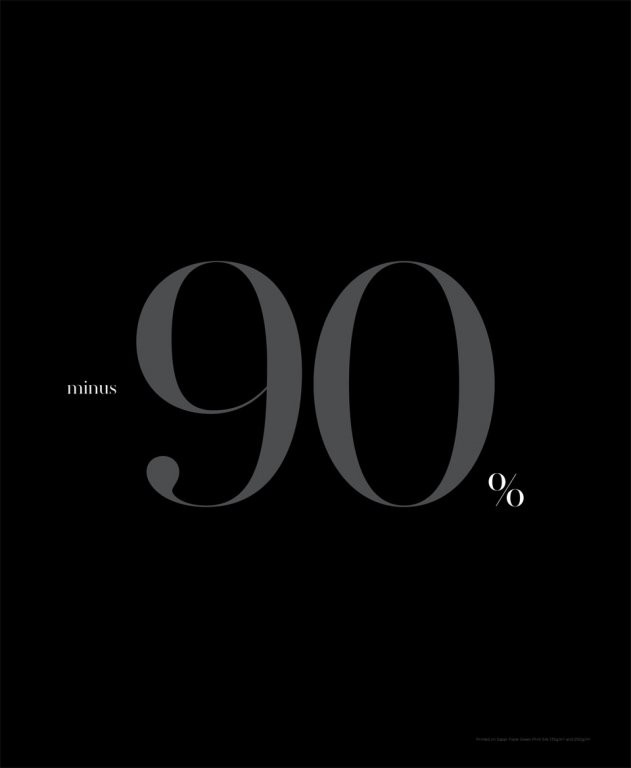First Published in

Almost 1 billion people live in informal settlements, commonly called slums, around the world. That number is projected to double by 2030. Most of the growth will be in emerging and developing countries of the global “South”, in an increasingly climate-challenged world. This massive urban migration signals a historic shift in our civilisation.
Design with the Other 90%: CITIES specifically looks to design solutions that address the 90% of the world’s population not traditionally served by the professional design community. Complex issues arising from an unprecedented rate of urban growth are considered, along the themes of shelter, health, water, education, energy and transport.
There are over 400 cities with 1 million inhabitants, more than 20 cities with 10 million inhabitants, and three cities with at least 20 million. Current versions of world-class cities consume land at a social, economic, cultural and ecological cost, displacing the urban poor in an effort to compete in the global marketplace of building airports, technology hubs, highways, golf courses, malls, high-end hotels and gated communities.
In Latin America close to 80% of the population live in urban areas and in Brazil 90% are city dwellers. By 2030, all “majority world countries” (developing countries that constitute the majority of the world’s population) will have more people living in cities than in rural villages. There are an estimated 200 000 slums around the world, with dense living conditions; for example in Dhaka, Bangladesh, 70% of the population lives on only 20% of the city’s land.
To redesign these informal settlements, we need an alternative approach that draws on traditional methods and culture, rather than importing systems from more economically developed cities. Anthropologist David Harvey calls for “another type of human right, that of the right to the city” for all citizens via new modes of urbanisation that do not dispossess the poor when the land they have settled on increases in value.
The challenge of the 21st century – and the third wave of globalisation – will be to design effective and sustainable systems of production, consumption and habitation. The economic systems set up during the first two waves of global migration ran first on coal, then on coal and oil. As these sources of energy become less viable, renewable energy will be needed.
Dynamic visuals help compare trends. The Indian Institute of Human Settlements is designing an Atlas of Urban Transformation that visualises global expansion in relation to economic growth and ecological footprint. For instance, China currently imports natural resources from around the globe to match its rapid growth. Brazil is utilising local sugarcane for energy. Europe is designing more compact cities. American cities are testing smart technologies to reduce consumption. And India, due to its unique settlement structure, may be able to “tunnel through” this transition period, even though it may quadruple its urban population. India’s carbon footprint may not increase due to its dispersed urban landscape of many cities (rather than just a few large ones) and the availability of rural food supplies near its urban centres.
To urbanise, or not to urbanise
Urbanisation is perceived by some to be the problem. Paradoxically, it can be the solution because it can provide “pathways out of destitution” and opportunities for a better future. Rather than disrupt, ignore or neglect the poor, cities should build their capacity and pull all segments of the city together towards improving their lives. Design is giving form to ideas generated in partnership with all of the cities’ stakeholders. Yet more is needed to meet this growing challenge.
Countries’ economies are linked to cities. In the United States, 90% of the GDP comes from urban areas. Establishing thriving, sustainable cities in the global “North” as well as in the global “South” is imperative during this period of urban migration, climate change and economic expansion. We need to show a new generation of practitioners how to design for density, mixed use and social inclusion through mixed-income cohabitation, long-term investment in multi-modal public transportation and collaborative regional approaches. We can all learn directly from developing and emerging economies how to create innovative solutions from limited resources and challenging environmental requirements. Urban Think Tank’s Vertical Gym, designed for the violent slums of Caracas, can easily be translated for the dense borough of Queens in New York City. Similarly, Planning System’s Community Cooker designed for the Kibera, the largest informal settlement in Nairobi, Kenya, could serve those in remote locations in Canada.
The urban challenges
For those still living or migrating to precarious settlements in the next decades, innovative measures to improve security of tenure, basic amenities and livelihoods will be required. This will mean creating new systems for sharing successful models, adapted for local culture and place, scaling it up for wider implementation, and helping authorities at the local level improve infrastructure. It is also about redefining what constitutes a sustainable, inclusive and competitive world-class city, preparing it for increased climate activity, and developing a “knowledge web for urban infrastructure”.
Addressing the knowledge issue, the Open Network Database will be a comprehensive online resource with the goal to engage a much broader audience in sharing solutions for those living in poverty. It will also connect numerous stakeholders, including designers, NGOs, funders, local urban groups, academia, public sector agencies and the general public. Besides a platform to track a multitude of projects around the globe and from the Design with the Other 90% series, it also entails a social network on which end users can build, exchange information and upload projects.
It will be difficult to meet the extraordinary challenges that our urban areas face with the massive population shift from villages to cities. We need to plan for transformative change, include people in the planning and educate for urban complexity. The projects included in the Design with the Other 90%: CITIES exhibition explore new social, spatial and economic structures. It is critical that we find ways to share this information – urban success stories as well as ways to implement and sustain these efforts and their impact over time. This will require a more inclusive urban design, responsible economic and environmental policies, establishing new institutions, transparent governance, improved equity and security, and land reform for a more just and humane urban world.
The Design with the Other 90%: CITIES exhibition, organised by the Smithsonian’s Cooper-Hewitt, National Design Museum, shows at the United Nations Headquarters from 15 October to 9 January in New York. Website: www.cooperhewitt.org







